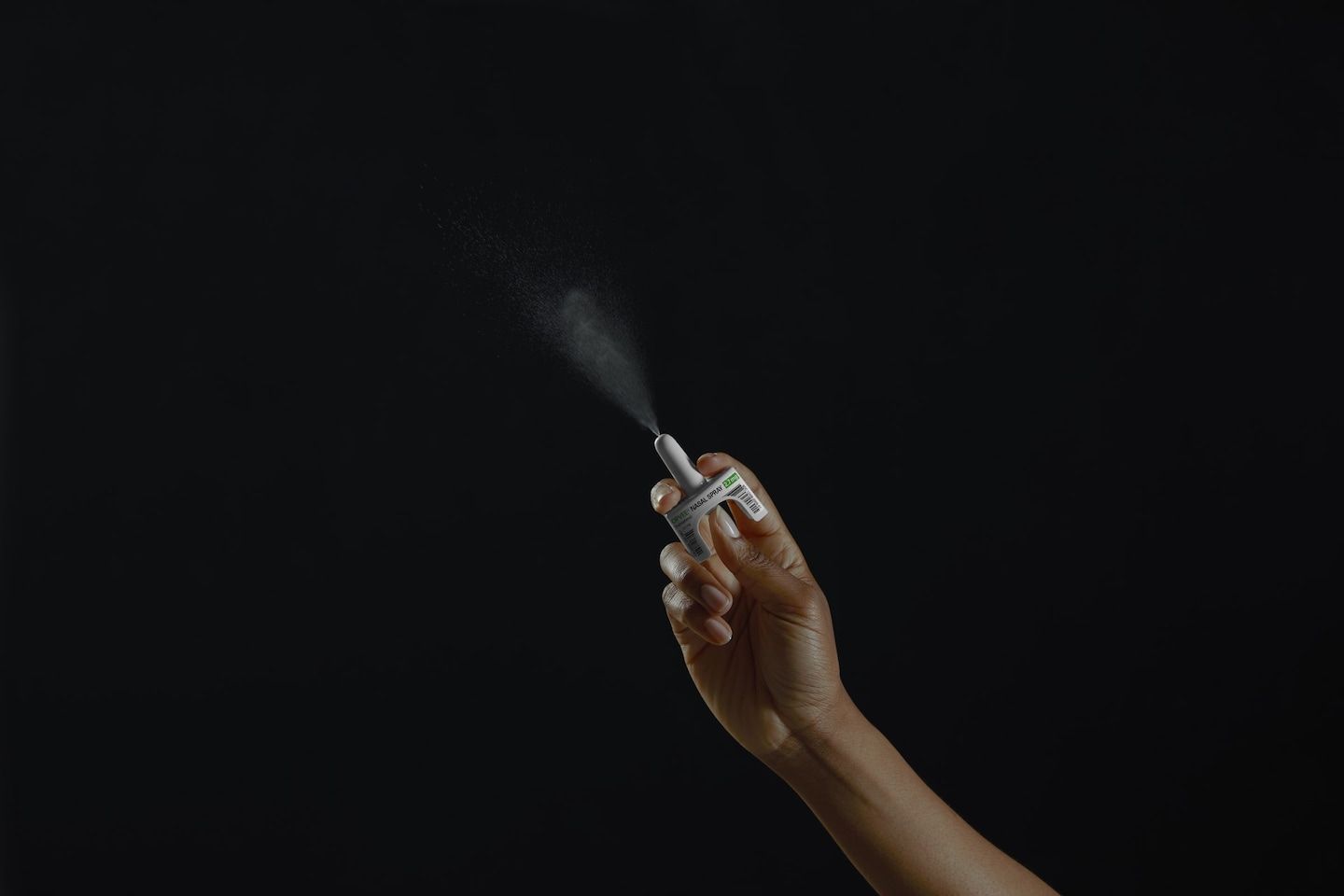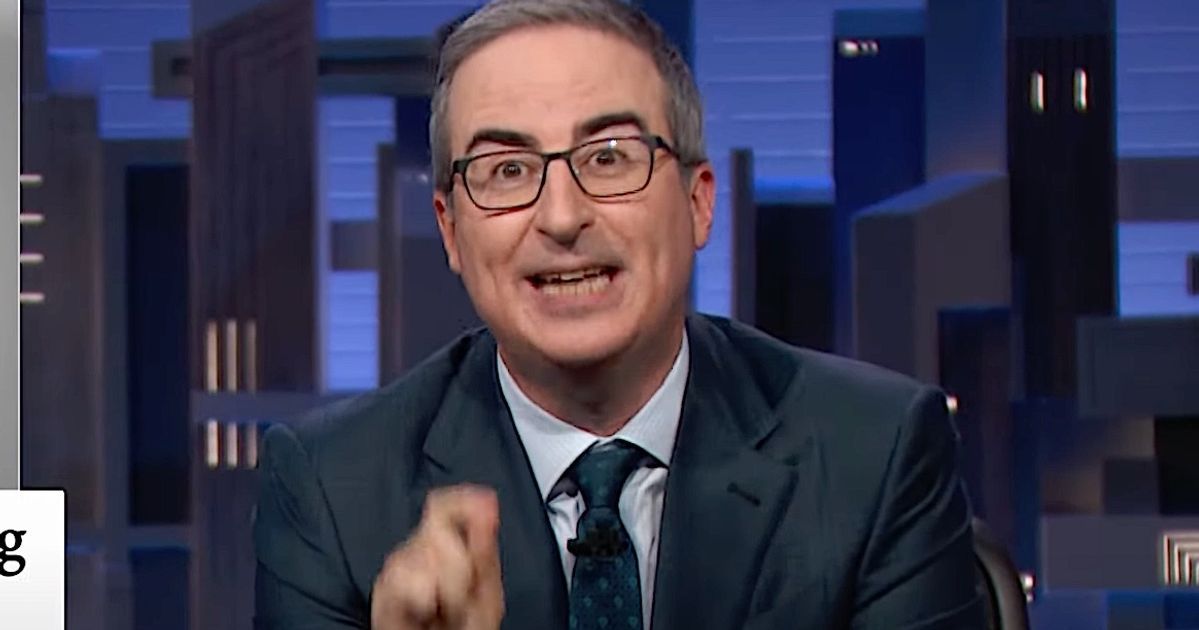New overdose antidote approved, but concerns raised about cost, side effects
Listen 7 min Comment on this story Comment Gift Article Share
The Food and Drug Administration on Monday approved a nasal-spray medication touted as another option to reverse overdoses caused by synthetic opioids, including fentanyl, the drug killing tens of thousands of Americans each year. Wp Get the full experience. Choose your plan ArrowRight Drugmaker Indivior describes Opvee, a spray version of the drug nalmefene, as a potent medication that will save lives by acting quickly to reverse an overdose while potentially protecting against more overdoses for hours. But some public health experts, physicians and community groups are raising concerns that Opvee may burden taxpayers despite other proven, cheaper medications such a naloxone while causing agonizing, long-lasting withdrawal symptoms for some drug users after they are revived.
Opvee joins a growing market of overdose-reversing medications at a critical juncture in the nation’s drug crisis. The Centers for Disease Control and Prevention last week estimated that more than 109,000 people died of overdoses in 2022, evidence that such deaths have plateaued at a dangerously high level. Opioids, including fentanyl, are believed to have caused more than 83,000 of those deaths in 2022.
Advertisement
Indivior’s CEO, Mark Crossley, said in a statement that the prescription 2.7-milligram spray represents a significant achievement in combating the opioid crisis and will be available this fall.
The FDA’s decision arrives two months after the agency approved over-the-counter sale of Narcan, a nasal version of naloxone. Narcan will hit shelves in late summer. Critics say Emergent BioSolution’s over-the-counter price of less than $50 remains too high for most customers.
Indivior, with headquarters near Richmond, has not disclosed pricing for Opvee. Crossley, in an April earnings call and an interview, said the company projects $150 million to $250 million in sales per year of Opvee, which is aimed at public-interest organizations such as health departments, fire and law enforcement agencies and school districts. “Also, community health programs where via grants … they are able to buy these and distribute them into the community with the hopes that you have this in the hands of people almost like a fire extinguisher,” Crossley said in an interview.
Advertisement
States getting billions in opioid lawsuit settlement money could also buy Opvee. Skeptics such as Utah state Sen. Jen Plumb (D), who founded the organization Utah Naloxone, said she believes the company is trying to “capitalize on fear … marketing to the places with the pots of money.” Crossley said “it’s about having the right options out there, for first-responders, for patients, and I think we’ll let the market choose.”
Plumb said studies show there’s no evidence that more powerful reversal drugs such as nalmefene are more effective than naloxone. “We just want people breathing,” said Plumb, who added she would oppose efforts to spend tax dollars on Opvee.
Michael Hufford, co-founder of a nonprofit awaiting FDA approval for an over-the-counter naloxone spray called RiVive that he plans to sell at cost to community groups, said potent nalfemene is “like bringing a trebuchet to a slingshot convention.” Instead, he said, “cheap, over-the-counter naloxone” is what is needed to combat overdose deaths.
Advertisement
Such criticism underscores a divide over whether more potent reversal medications are necessary, given the success of naloxone, which is credited with saving countless lives by public health experts, doctors and “harm-reduction” groups that work to prevent the toll on drug users.
Naloxone and nalmefene bind to receptors in the brain, blocking the effect of opioids and restoring breathing in overdose victims. Liquid naloxone, which must be injected, remains prescription-only but is widely available to the public through a system of blanket prescriptions used by most states.
Many harm-reduction groups use naloxone because it is far cheaper than Narcan. Remedy Alliance, an umbrella organization that sells the liquid drug to other groups, buys two-vial kits for less than $4 each.
At Prevention Point Pittsburgh, which began distributing naloxone nearly two decades ago, the group found that even as fentanyl increasingly contaminated the street drug supply between 2013 and 2020, most people who were overdosing needed just one or two doses of naloxone to be revived.
Advertisement
“Over all these years, we don’t have people telling us somebody [died after an overdose] because they didn’t have enough naloxone,” said Alice Bell, the group’s overdose prevention project director.
For people with a high opioid tolerance, liquid naloxone is often preferred because doses can be adjusted to prevent jarring revivals that spark withdrawal symptoms such as nausea, vomiting and chills. A jolt of 4-milligram Narcan spray can make people so sick that they quickly seek more street drugs, said Claire Zagorski, a paramedic and graduate research assistant at the University of Texas at Austin College of Pharmacy.
She and other harm-reduction advocates worry that Opvee, with its potency and durability, may lead to longer bouts of withdrawals and dissuade people from carrying it on the streets. Asked about concerns over withdrawals, Crossley said “the key here is first save the life” with follow-up medical care so “they can help deal with those symptoms if they’re there.”
Advertisement
The devastation wrought by fentanyl — and stories of people needing multiple kits of Narcan to be revived — has lent urgency to creating stronger reversal drugs. Alaska recently began buying Kloxxado, an 8-milligram naloxone spray manufactured by Hikma Pharmaceuticals.
“The panic is very real, so there’s money to be made there,” said Zagorski, who described the quest to manufacture stronger reversal medications as an arms race by drug manufacturers.
Officials have cast nalmefene as a response to fentanyl, the cheap synthetic drug largely smuggled into the United States by Mexican organized crime. The drug is laced in other drugs such as cocaine and methamphetamine, and in counterfeit pain pills. Fentanyl has increasingly claimed the lives of young people with no tolerance to opioids. That population could be a key market for Opvee.
Advertisement
Nalmefene was first approved for use in the United States as an overdose antidote in the mid-1990s. (That version is no longer on the market.) In Europe, nalfemene in tablet form has been used for years to curb cravings for alcohol.
Last year, the FDA approved an injectable form of nalmefene manufactured by Purdue Pharma, whose aggressive marketing of opioid pain pills helped spark the nation’s addiction crisis. According to the company, which remains in bankruptcy and is trying to resolve lawsuits over its role pushing pain pills, it does not profit from the sale of the “low-cost” medication, which is mainly sold to hospitals. Harm-reduction groups and several doctors say injectable nalmefene is rarely used instead of better-known naloxone.
The U.S. government poured millions into jump-starting clinical research into nalmefene, including $10.8 million through the Biomedical Advanced Research and Development Authority for its development as a medical countermeasure “in a chemical attack using synthetic opioids.” Development of the drug began under Opiant Pharmaceuticals, which was acquired by Indivior in March.
Advertisement
The National Institute on Drug Abuse contributed $7.4 million, and helped develop a new formulation for nasal nalmefene to absorb into brain receptors quicker. Nora Volkow, NIDA’s director, said the funding was important because the pharmaceutical industry has made “minimal overall investments” in developing overdose reversal medication.
“It’s not just one product that’s going to serve everyone,” Volkow said.
Volkow said the research was important to address treating “people that are overdosing on fentanyl [that] require multiple doses of naloxone.”
Some remain wary. Ryan Marino, an emergency-room doctor and assistant professor at Case Western Reserve University School of Medicine in Cleveland, said he favors any medication that will prevent overdose deaths, but worries about the unintended consequences of Opvee — including how it may shape perceptions of naloxone.
“I have a lot of apprehension that now people won’t want naloxone,” he said.
GiftOutline Gift Article
Source: The Washington Post


